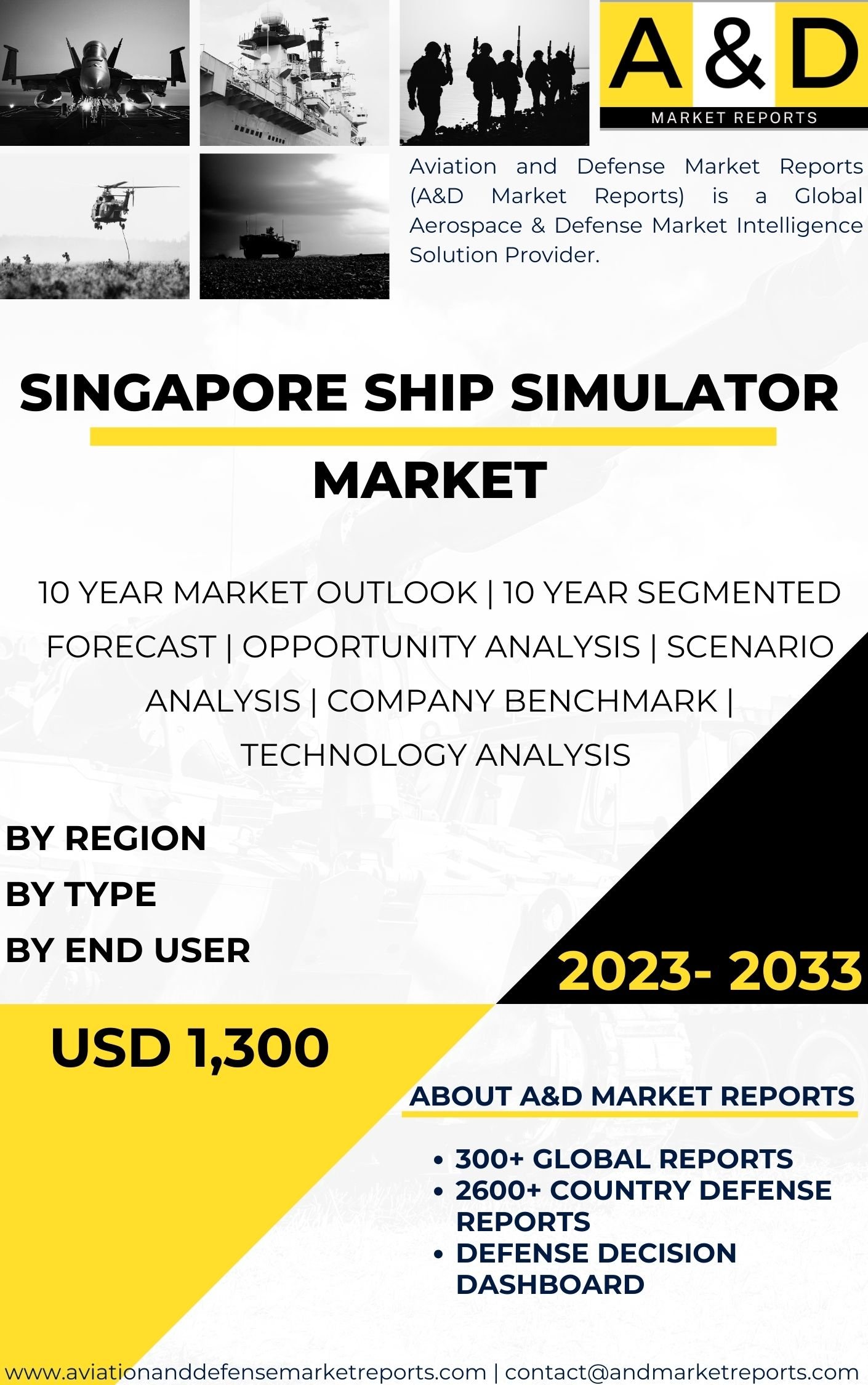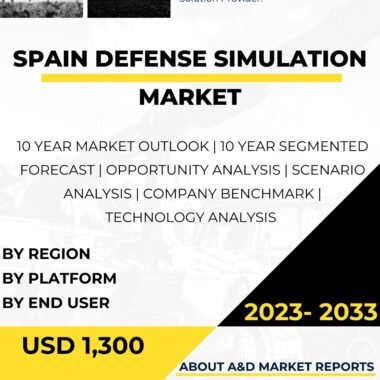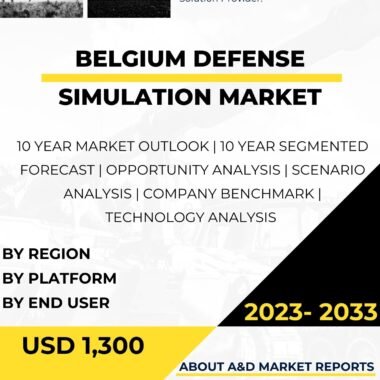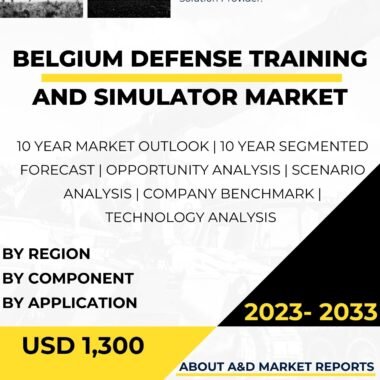Description
The ship simulator market in Singapore is a critical component of the country’s maritime training and safety infrastructure. As a global maritime hub with one of the busiest ports in the world, Singapore places significant emphasis on maritime safety, competency, and operational efficiency. Ship simulators play a pivotal role in training seafarers, improving navigational skills, and enhancing emergency response capabilities, contributing to a safer and more resilient maritime industry.
Ship simulators are advanced training tools that replicate real-life scenarios and provide a virtual environment for seafarers to practice ship handling and navigation techniques. These simulators simulate various conditions, including different weather scenarios, harbor maneuvers, and emergency situations, allowing seafarers to gain practical experience without exposing them to actual risks.
The ship simulator market in Singapore is characterized by a combination of domestic developments and international collaborations. The country’s maritime training institutions, such as the Singapore Maritime Academy (SMA) and the Maritime and Port Authority of Singapore (MPA) Academy, offer comprehensive training programs that include ship simulator-based training. Additionally, Singapore collaborates with global simulator manufacturers and research institutions to access cutting-edge simulator technologies and expertise.
One of the key drivers for the growth of the ship simulator market in Singapore is the country’s commitment to maritime safety and competency. Singapore recognizes the importance of well-trained and skilled seafarers to ensure safe navigation, prevent maritime accidents, and protect the marine environment. Ship simulators provide a safe and controlled environment for seafarers to hone their skills and enhance their decision-making abilities, ultimately contributing to a safer and more efficient maritime industry.
Singapore’s strategic location and extensive maritime activities demand a high level of navigational competency and emergency response readiness. The country’s busy port and congested waterways require seafarers to possess excellent ship handling skills and a deep understanding of navigational best practices. Ship simulators enable seafarers to familiarize themselves with the local maritime environment and practice critical maneuvers, such as berthing and unberthing procedures, in a controlled setting.
Moreover, the ship simulator market in Singapore caters to a wide range of maritime training applications. These include training for various types of vessels, from large container ships to oil tankers and passenger vessels. Simulator-based training also extends to specific maritime roles, such as pilots responsible for guiding ships through narrow or challenging waterways.
Singapore’s focus on technology and innovation drives the development of advanced ship simulator systems tailored to the country’s specific maritime needs. The adoption of high-fidelity simulators with realistic visual and environmental simulations enhances the effectiveness of training programs and provides a more immersive learning experience for seafarers.
In addition to basic navigation training, ship simulators in Singapore support specialized training for emergency response scenarios. Seafarers can practice responses to simulated emergencies, such as engine failures, collision avoidance, and search and rescue operations. This preparedness ensures that seafarers are equipped to handle real-life emergencies with confidence and efficiency.
Furthermore, the ship simulator market in Singapore is an essential driver of job creation and skills development. The industry offers diverse opportunities for simulator instructors, developers, technical support staff, and research specialists, contributing to the country’s workforce development and economic growth.
As a responsible member of the international maritime community, Singapore actively participates in regional and international efforts to promote maritime safety and competency. The country collaborates with neighboring countries and international organizations to share best practices, conduct joint training exercises, and contribute to the standardization of maritime training.
Singapore’s ship simulator market caters not only to its domestic maritime training needs but also serves as a training destination for seafarers from around the world. International students seeking high-quality maritime education and simulator-based training programs often choose Singapore as a preferred training hub.
In conclusion, the ship simulator market in Singapore is a vital component of the country’s maritime safety, competency, and training infrastructure. The adoption of ship simulators aligns with Singapore’s commitment to ensuring safe and efficient maritime operations and maintaining its position as a global maritime hub.
Singapore’s focus on research and development, combined with collaborations with international partners, ensures that its ship simulator industry remains at the forefront of simulator technology. The integration of high-fidelity simulators with realistic scenarios enhances the effectiveness of training programs, ultimately contributing to safer navigation, enhanced emergency response capabilities, and a well-trained maritime workforce.
The growth of the ship simulator market in Singapore reflects the country’s dedication to fostering a culture of safety and continuous learning within its maritime industry. As Singapore continues to invest in ship simulator technology and training infrastructure, it will remain a leading maritime training destination and a model for promoting excellence in maritime safety and competency worldwide.




